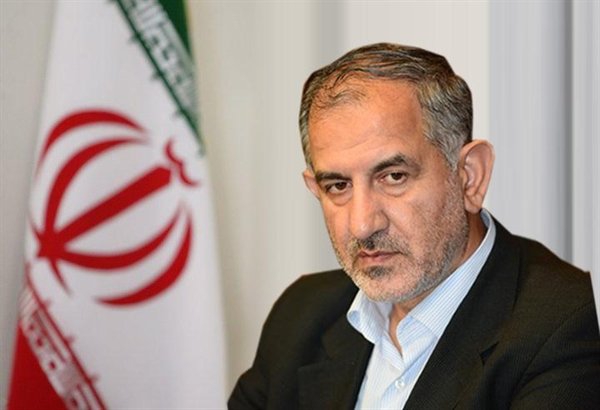Wednesday 16 September 2015 - 16:17
Story Code : 180665
Iran ranking first in ME in hosting digital data
Nasrollah Jahangard who was speaking during a visit to Gilan provincial data center, said that the province was among the 8 provinces having their own data center. He highlighted operation of provincial data centers as major infrastructures of national information network; �with operation of data centers and traffic switch inside the country, many services will be provided to public through a cloud network,� he added.
�Considerable efforts had been waged to transfer digital data hosting; currently, we host a domestic data traffic amounting to 40 per cent of the foreign traffic, with catapulting Iran to the top of Middle East countries in terms of hosting data traffic,� Jahangard told reporters.
�In past four decades, countries which had initiated renewal and modelling based on information technology have now long outfoxed other countries; for example, South Korea has been using information technology for development, with Samsung Electronics contributing 2 per cent of the gross domestic product (GDP),� he asserted. �The global volume of market in information technology is estimated to be � 2,600bn, which will be almost doubled within next 5 years, with 60 per cent belonging to communications and remaining 40 per cent belonging to information technology,� added deputy-minister.
�The volume of total data generated by humanity is 8 zettabytes (staggering number: 10 with 21 zeros); the total global data traffic is 200 terabytes; in Iran, this is only a fraction of this huge volume (240 gigabytes per second),� Jahangard detailed on the most outstanding figures.
He also said that by 2020, �internet of objects� would be a reality; �the next large wave of information technology will be internet of objects and data transfer by the next 5 years, and it is estimated that about 50bn communications will be active around the world, while currently, there is 3bn mobile communications,� Jahangard said. �Beginning in the last decade, countries with a fraction of their GDP allocated to information technology are now among constellation of developed industrial countries; the US has the largest ratio, with Greece having the smallest ratio in this respect, which is evident in the country�s economic recession and a lower place in terms of investments in IT,� he added.
In Iranian context, Jahangard said that the Fifth Development Plan had set as an objective access by 60 per cent of households to high-speed internet; �the global average speed is now 8 megabytes per second, and we have set this figure to 2 megabytes per second, with a goal of increasing domestic capacity to 42 terabytes and international capacity to 5 terabytes,� he said, �within two recent years, connection to home internet has been tripled; now 20 million mobile devices are connected to internet; we predict this figure to rise to 40 million smart phones by the next year (beginning March 21 2016),� he concluded.
By Mehr News Agency
# Tags











